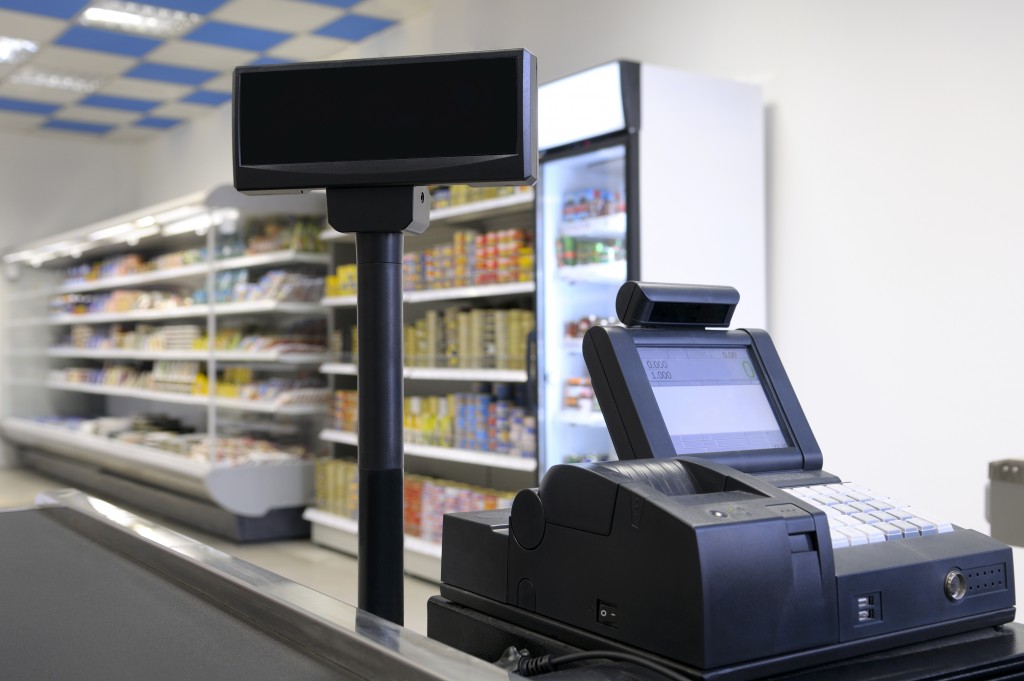- Utilize vertical space and automation to maximize storage capacity and streamline processes, reducing errors and saving time.
- Implement a Warehouse Management System (WMS) to optimize inventory tracking, picking routes, and labor management, enhancing efficiency.
- Leverage data analytics to make informed decisions, driving warehouse efficiency and competitiveness through demand forecasting and storage optimization.
- Prioritize sustainability by adopting energy-efficient practices, using green packaging, optimizing transportation, and managing waste effectively to minimize environmental impact.
In today’s fast-paced business world, efficient warehousing is more critical than ever. As companies strive to meet the demands of customers and stay ahead of their competitors, they must constantly rethink their approach to storage and logistics.
This blog will explore the modern approach to warehousing challenges and discuss five key things that every business owner or manager should know. From utilizing technology to optimizing space utilization, there are a variety of strategies that can help businesses overcome common warehouse obstacles.
Utilize Vertical Space
With real estate prices on the rise, it’s crucial for businesses to make the most of their existing warehouse space. Instead of expanding horizontally, consider utilizing vertical spaces. Many warehouse operations around the world are taking advantage of vertical spaces to maximize their storage capacity.
Singapore’s warehouses, for example, utilize high-rise automated storage and retrieval systems (ASRS) to stack pallets up to 15 meters high. Their use of reach trucks also contributes to this efficient use of space. A reach truck in Singapore can easily navigate narrow aisles and reach high shelves, allowing for more efficient storage and retrieval of goods.
Just make sure you choose a reach truck with the right capacity, height, and reach for your warehouse’s specific needs. Don’t forget to maintain and inspect these machines regularly to ensure their safe operation. This will not only optimize your warehouse space but also improve overall safety.
Embrace Automation
One of the most significant advancements in warehousing technology is the use of automation. Automated systems can help streamline processes, increase efficiency, and reduce errors. From automated picking systems to robotic palletizers, there are a variety of options available to help businesses improve their operations. Investing in automation can not only save time and money but also improve overall productivity.
Implement a WMS

A Warehouse Management System (WMS) is essential for streamlining warehouse operations and improving accuracy. A good WMS can help track inventory levels, optimize pick routes, and manage labor resources effectively. By implementing a WMS, businesses can improve order fulfillment times, reduce errors, and enhance customer satisfaction.
Just make sure to choose a WMS that is tailored to your specific warehouse needs and integrates seamlessly with your existing systems. Train employees on how to use the WMS effectively and regularly review its performance to ensure it continues to meet your requirements.
Embrace Data Analytics
Data analytics plays a crucial role in modern warehousing operations. By analyzing data on inventory levels, order volumes, and customer preferences, businesses can make informed decisions that drive efficiency and profitability. Whether it’s forecasting demand or optimizing storage locations based on sales trends, data analytics can provide valuable insights that help businesses stay competitive in today’s market.
Additionally, data analytics can also help with inventory management by identifying slow-moving or obsolete items, reducing the risk of stockpiling excess inventory. By staying up-to-date on inventory levels and demand trends, businesses can make better purchasing decisions and avoid costly storage fees.
Focus on Sustainability
In today’s environmentally conscious world, sustainability is no longer just a buzzword – it’s a necessity. Businesses should strive to minimize their carbon footprint by implementing eco-friendly practices in their warehouses. Here are four ways to promote sustainability in warehousing operations:
Use Energy-Efficient Lighting and Equipment

Using energy-efficient lighting and equipment can help reduce electricity consumption in warehouses. LED lights, for example, use significantly less power compared to traditional bulbs and can offer long-term cost savings.
Utilize Green Packaging Materials
Using recyclable or biodegradable packaging materials can significantly reduce waste in the warehouse. Businesses should consider using materials like cardboard, paper, or plant-based plastics instead of single-use plastics.
Implement Efficient Transportation Practices
In addition to warehouse operations, businesses should also focus on reducing emissions from transportation. Utilizing electric or hybrid vehicles for deliveries can significantly reduce carbon emissions and contribute to a more sustainable supply chain.
Prioritize Waste Management
To promote sustainability, it’s crucial to properly manage and dispose of waste in the warehouse. This can include implementing recycling programs, composting organic waste, and properly disposing of hazardous materials. Prioritizing waste management not only reduces the environmental impact but can also save businesses money in the long run.
By focusing on sustainability in warehousing operations, businesses can not only reduce their impact on the environment but also create cost savings and improve their brand image.
Warehousing evolution is crucial for competitiveness and meeting consumer demands. Focus areas include maximizing space, automation, WMS, data analytics, and sustainability. Implementing these strategies boosts efficiency and sustainability. Embracing modern warehousing approaches optimizes operations and enhances the supply chain. The future of warehousing is promising with tech advancements and eco-friendly practices.

